Jobs to do in the garden in April - 10 essential tasks to help you get ahead
Our comprehensive list of jobs to do in the garden in April covers everything from pest control and fertilising, to planting bare-root-roses.

Our comprehensive list of jobs to do in the garden in April covers everything from pest control and fertilising, to planting bare-root-roses.

April is the month when things start to get busy in the garden as nature really rouses itself after a long winter sleep.
“April is traditionally the month of sunshine and showers – ideal weather for plants,” says Pauline McBride of Sussex Prairie Garden. “Plants are waking up after a cold, wet winter, and like the gardeners, looking forward to a sunny spring.”
In the vegetable garden, think about sowing hardy herbs and vegetables directly into well prepared soil. In borders, cut down the dead remains of last year’s herbaceous plants.
As the days become longer and warmer, the joy of gardening lies in the regular care and attention that each flower, tree and lawn needs to look its best.
So roll your sleeves up, grab your tools and sow, plant, feed and tidy.
April is a great time to divide and multiply ornamental grasses.
“One of our favourites is Calamagrostis x acutiflora Karl Foerster – a six-foot-tall beauty with a beautiful vase-like form and wonderful wind movement to enhance its straw-coloured flowers,” says McBride.
Dividing grasses means plants for free. Simply use a spade to divide the clump or, for a larger mass, two spades back to back. Then choose a new spot for your new plant.
Every garden deserves a rose for its drama and scent, and April is a good month to plant bare-root varieties.
“If you are planting a bare root rose, rehydrate in a bucket of water for a minimum of two hours prior to planting,” says Paul Constantine of David Austin Roses.
Dig over the soil thoroughly using a garden fork and remove any weeds or large stones. This will ensure that the new roots can spread easily. Dig a hole big enough for the roots, approximately 45cm (18in) wide by 45cm deep. Break up the soil at the base of the hole with a fork.
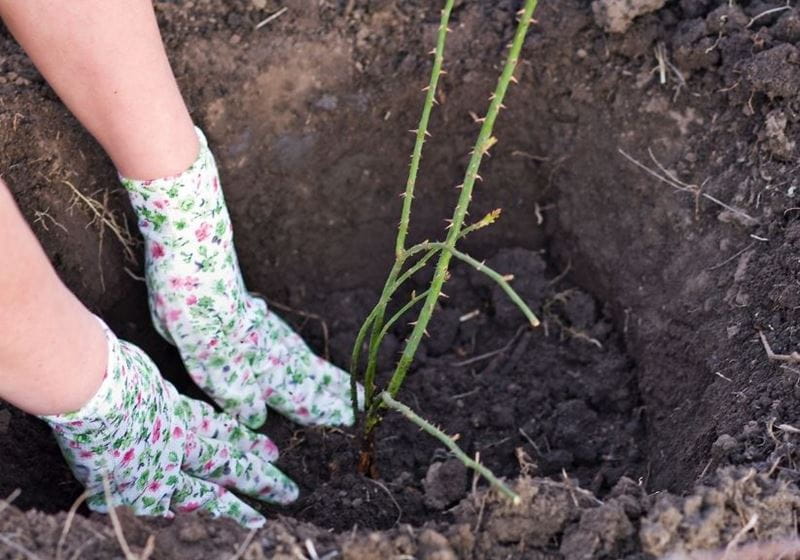
“Add a spadeful of Carr’s Special Organic Soil Improver (or well-rotted manure) with the soil at the bottom of the hole and mix a further two spadefuls of soil improver with the soil removed from the hole,” adds Constantine.
Remove the rose from the bucket of water and position the rose in the centre of the hole. The bottom of the stems should sit 5cm below the top of the hole. Backfill around the roots. Lightly firm the soil around the rose with your foot. Water the rose well.
One of the most important garden jobs for April is to sow perennials, such as delphiniums, verbena, or linaria. They’ll add colour and character and – even better – you can enjoy them for more than a year.
“To do this, fill a seed tray with peat-free compost and dampen it slightly with water, then sow your seeds at least an inch apart in a grid across the compost surface,” says gardener and author Sarah Raven.
“Scatter a fine layer of compost over the seeds. You don’t need to water them again immediately. These perennials will thrive if you place them in a light, cool spot, like a window ledge, greenhouse, or a polytunnel with basal heat.”
If you have a large or uninteresting lawn why not consider transforming it permanently into a flower-rich haven that will attract insects and other wildlife.
April is a good time to plant lawns with small plug plants of British native wild flowers, such as oxeye daisies, corn cockles and cornflowers. Use a bulb planter or pointed trowel to make holes in the existing grass. Wildflowers love poor and infertile soil.
To maximise the wildlife benefits, only cut your new meadow once a year when everything has gone to seed.
If your lawn is looking a bit worse for wear after winter, spring may be the best time to repair it.
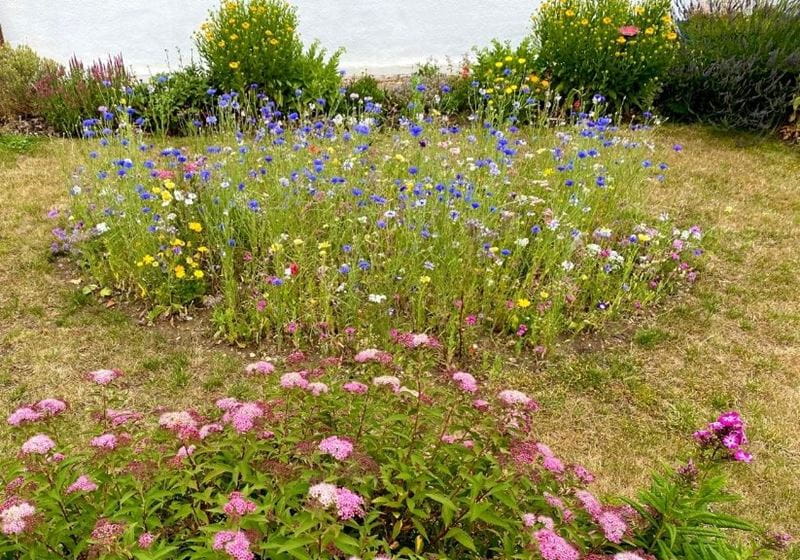
Lilies add glamour to a garden – whatever its size – and planting some bulbs is one of the easiest garden jobs to do in April.
“You can plant lily bulbs straight into the ground in April, pointy end up,” says Raven. “Don’t worry if the bulbs have sprouted. Allow them plenty of room, and add grit for drainage in the planting hole if you’re using heavy soil.”
There is a dizzying array of lily types so do your research and discover what will work in your overall scheme.
“I find that lilies prefer to have their feet in the shade and their heads in the sun, and they will flower better and live longer if the soil is not cold and clammy,” adds Raven. <
Prevent weed growth and trap moisture
If you have access to compost, lay down a thick 10-15cm (4-6in) layer of compost over all your ornamental beds.
“This is a great way to trap moisture in the soil, prevent weed growth, help the environment and make your border look beautiful,” says Pauline McBride of Sussex Prairies Wild. “It also saves you a lot of summer weeding.”
Making your own compost is one of the simplest and easiest ways to improve the quality of your soil. If you don’t have your own, then plan out a space now and add your garden and kitchen waste to it this year for use next year.
Climbing roses are an English favourite. We particularly love the bright pink Gertrude Jekyll for its vigorous growth and love of clambering over walls, arbours and trellis in sunny positions.
“The best way to keep your roses healthy and to achieve abundant flowers over summer, is to make sure climbing roses are tied down in April and May,” says Raven.
“You can encourage more striking flowers by bending over any upright stems, tying these in so that they are lying horizontally. This also creates a dense screen, which is useful if you are using the rose to disguise a not-so-pretty wall or fence.”

Try to avoid the use of chemicals in your garden and go for the old-fashioned control methods to keep slugs out of your garden.
“Lift up all your pots and have a look underneath,” says McBride. “This is a favourite hiding place of the gardener’s nemesis – the slug. Collect and dispose of the slugs as your conscience dictates.”
When it comes to aphids on roses, the easiest way to grow a rose well is to choose a strong, disease-resistant variety.
David Austin’s breeding programme has paid particular attention to health and vigour,” says Constantine, making its roses “exceptionally disease resistant and reliable”. For roses which require a little extra help, though, he recommends using Fungus Clear Ultra and SB Plant Invigorator.
In the vegetable path, keep birds at bay with shiny objects such as silver paper or old CDs tied to string.
A good mulch will take care of the feeding needs of most ornamental gardens. In a vegetable patch, go for the no-dig approach, which is essentially more mulching, but using manure-based products which are full of nitrogen and great for leaf growth.
“As your pot plants begin to perk up and think about spring, remember fertiliser Friday!” says McBride. “All plants in pots need feeding and a bit of alliteration helps you remember.”
Use any liquid fertiliser such as Maxicrop, Phostrogen or Miracle-Gro, mixed at half of the recommended rate, and water in every week.
There are a host of garden jobs for April to do in the vegetable patch as well.
“Sow broad beans, spinach, cabbage, calabrese, kohlrabi, cauliflower, lettuce, salad onions, turnip, radish, beetroot, leeks, leaf beet and chard in the greenhouse,” says Tom Barry of greenhouse vendor Hartley Botanic. “From the middle of the month onwards, sow dill, basil, coriander, courgette, squash, sweetcorn and tomatoes for later transplanting outdoors.”
Ventilate the greenhouse on warm days but avoid chilling draughts. If you have space, keep citrus and figs in the greenhouse all year round, especially in cooler climates as cold weather reduces flowering in citrus.
Figs in greenhouses usually produce two crops each growing season and fruit without pollination.
Rhoda Parry is the former Editorial Director of Ideal Home, the UK’s best-known media brand, and its sister titles, 25 Beautiful Homes and Style at Home. She is also former Editorial Director for Gardeningetc, Amateur Gardening and Easy Gardens.
As an experienced Interiors and Gardens journalist, she’s spent her career tracking the trends, interviewing the experts and reviewing the best products for inside and outside living spaces.
When she’s not writing, she’s tending to her gravel garden that overlooks the sea in Sussex.
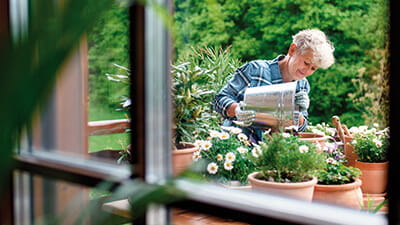

Saga Home Insurance comes with garden cover included. Find out what’s included and get tips to help secure your garden.
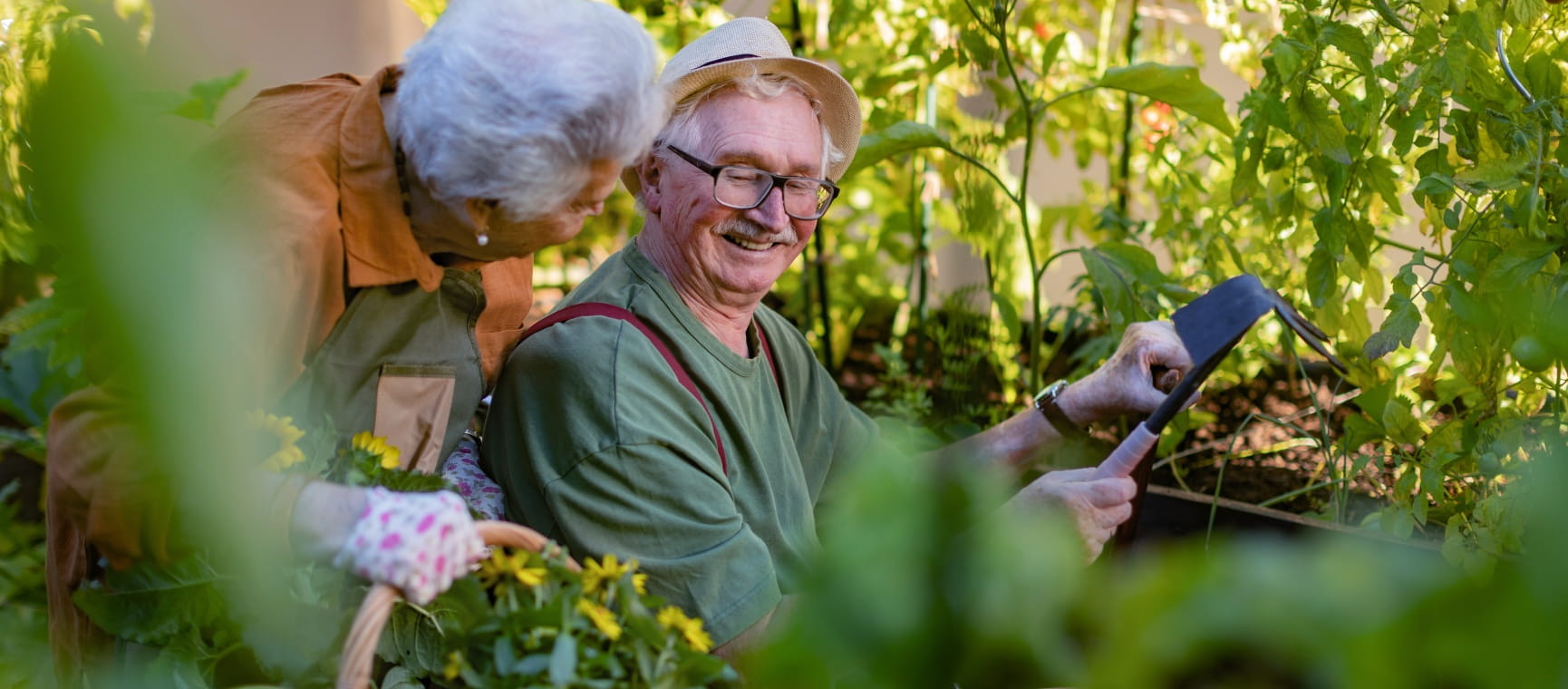
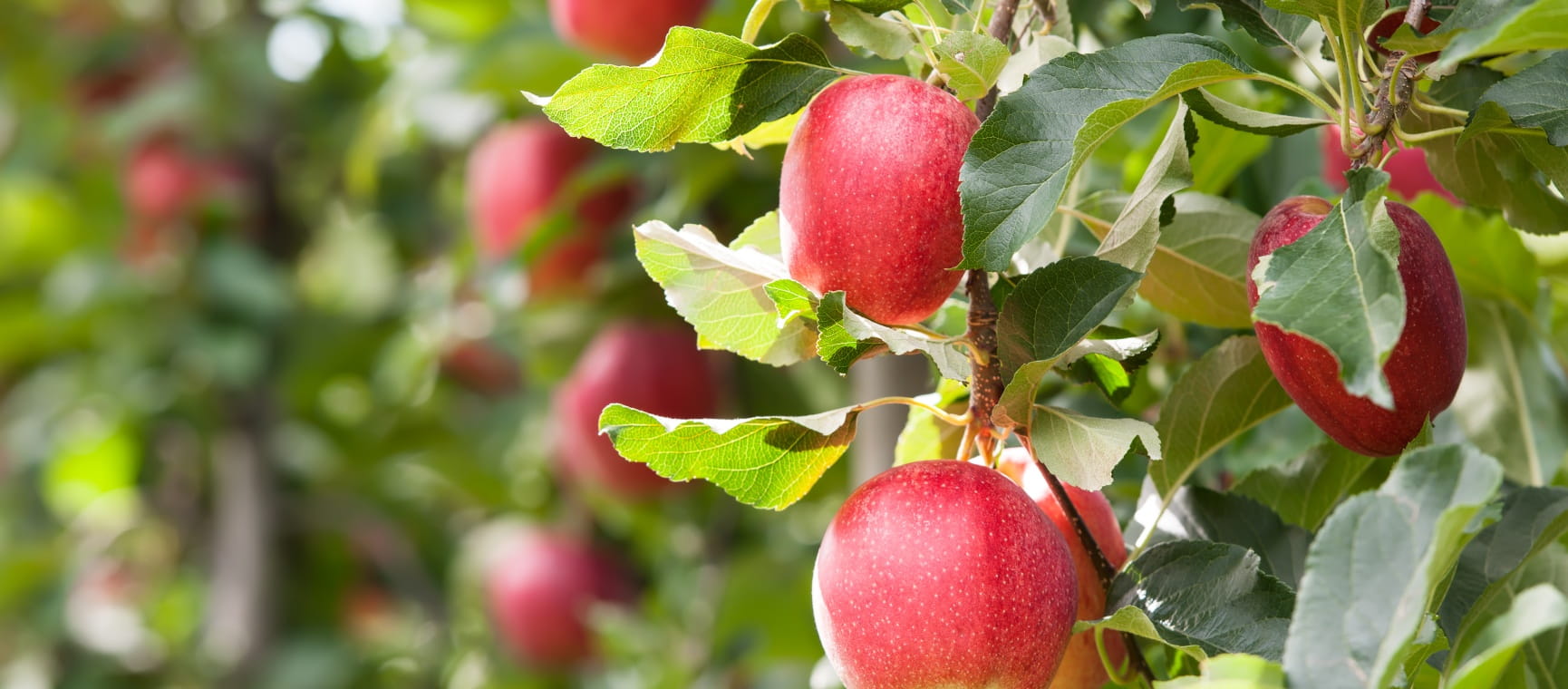
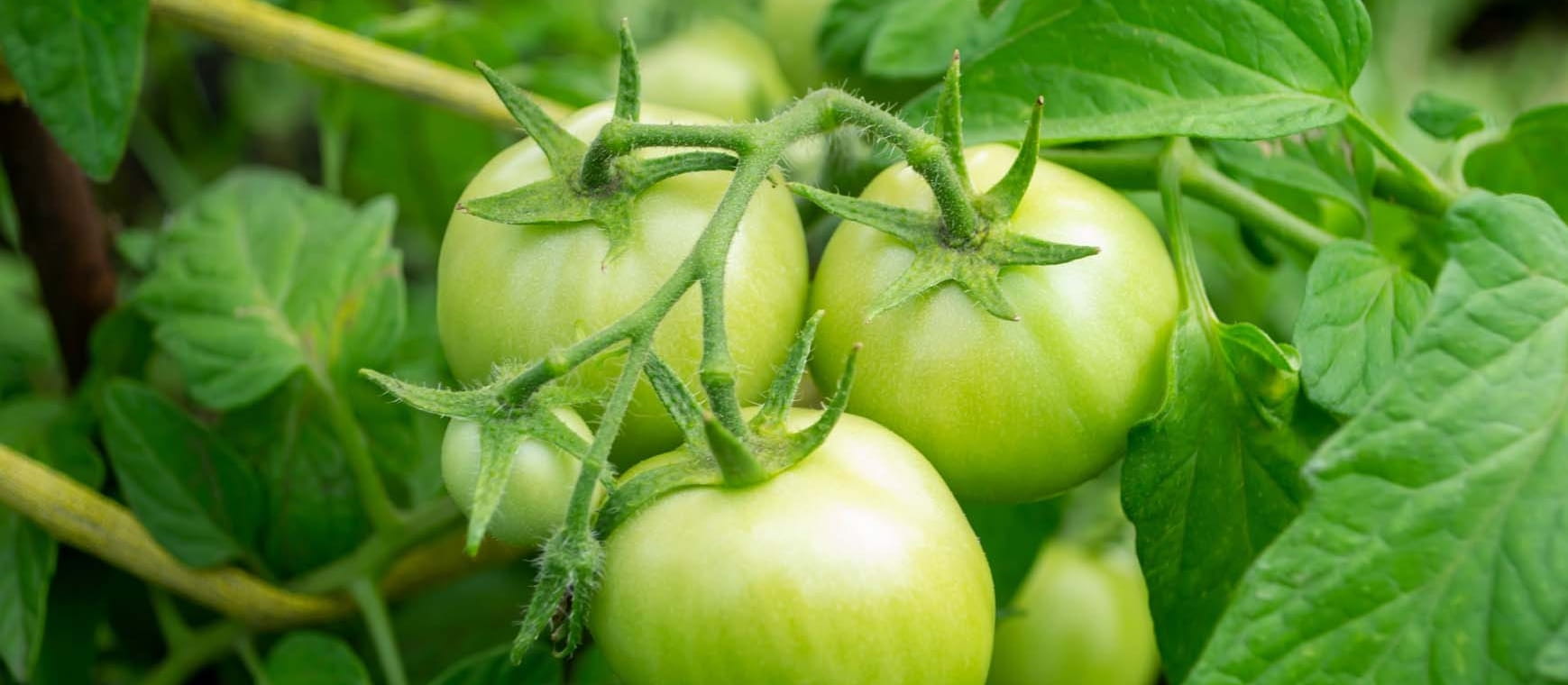
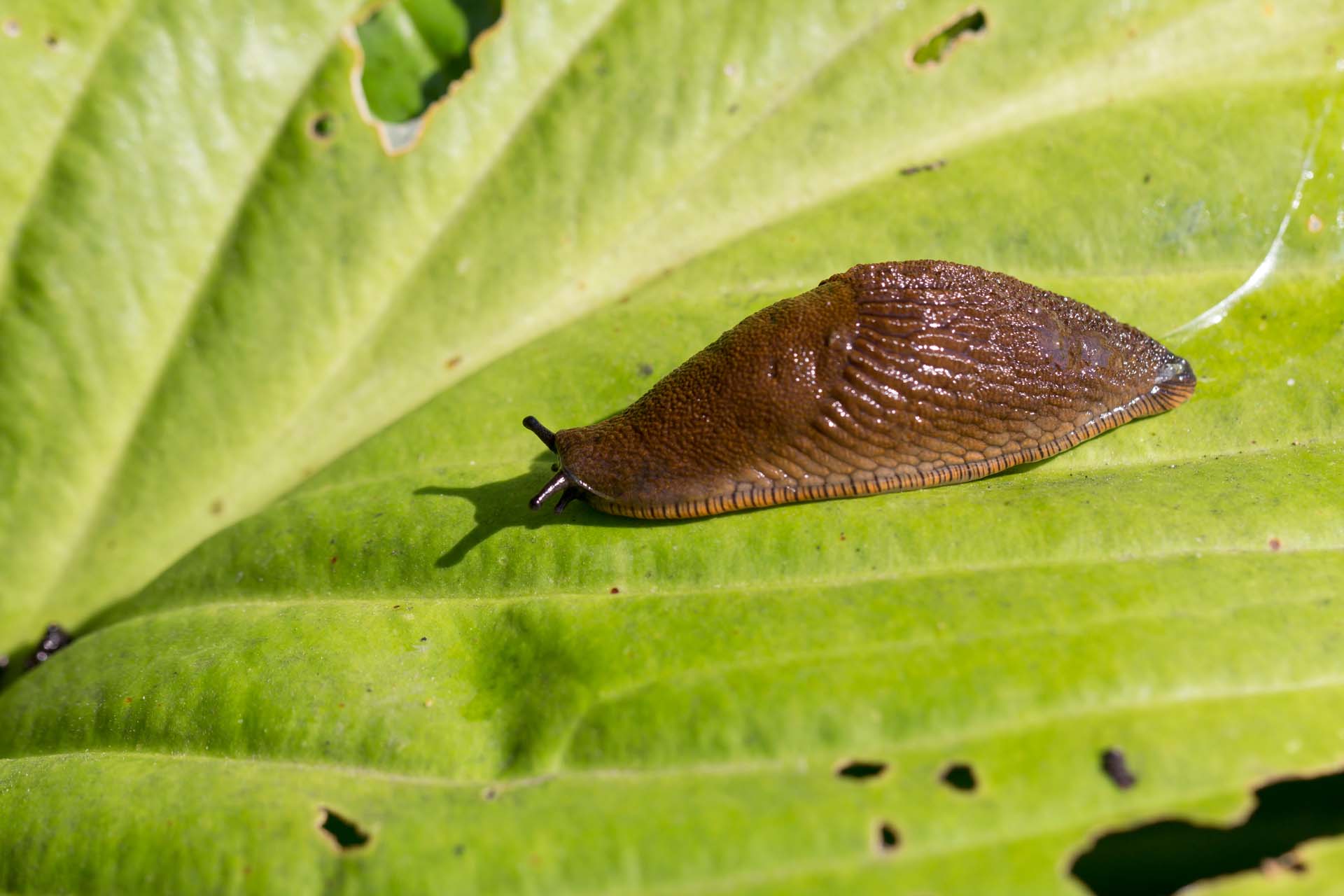
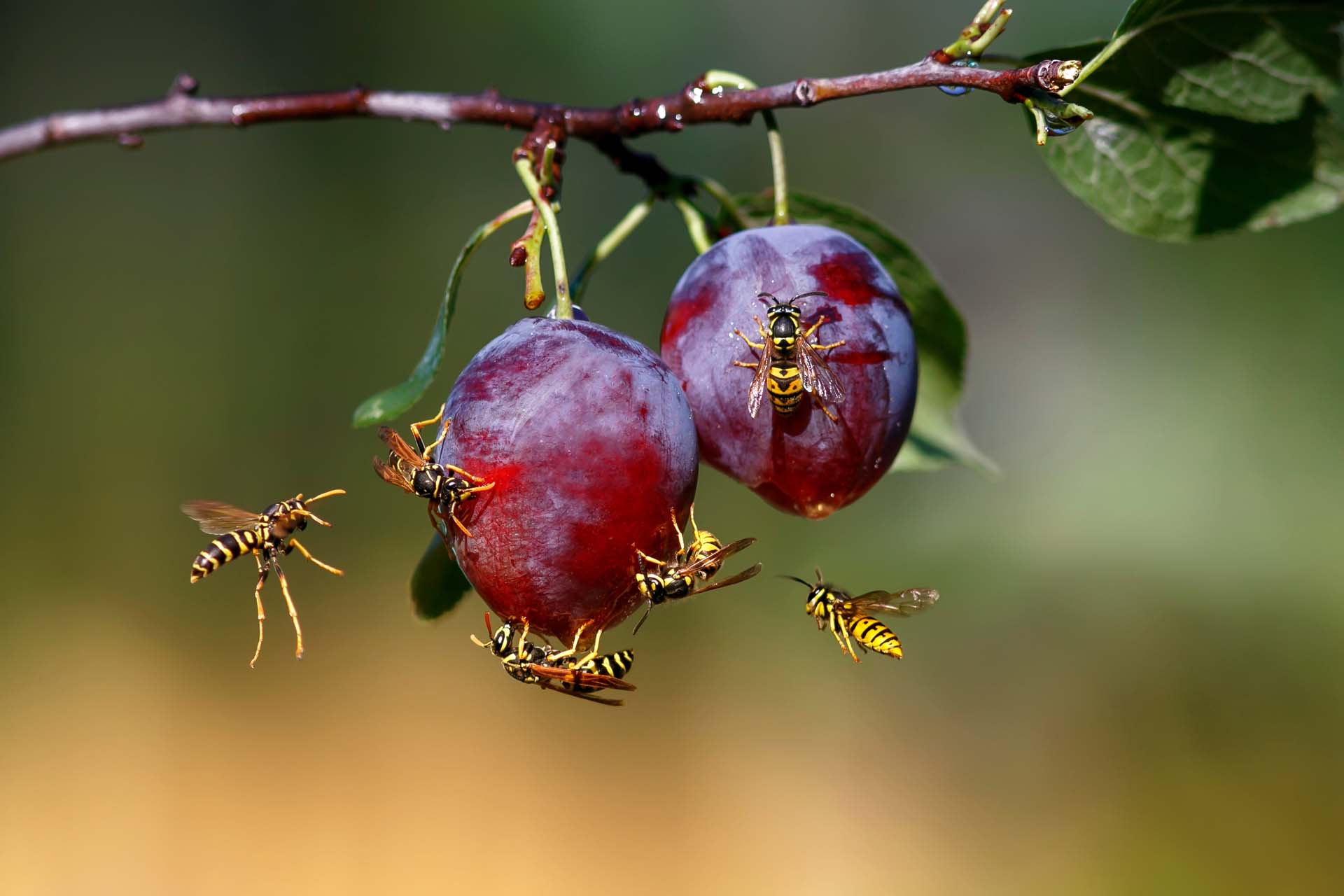
Blighted by buzzing? How to keep wasps out of your garden without harming them so you can enjoy the summer.
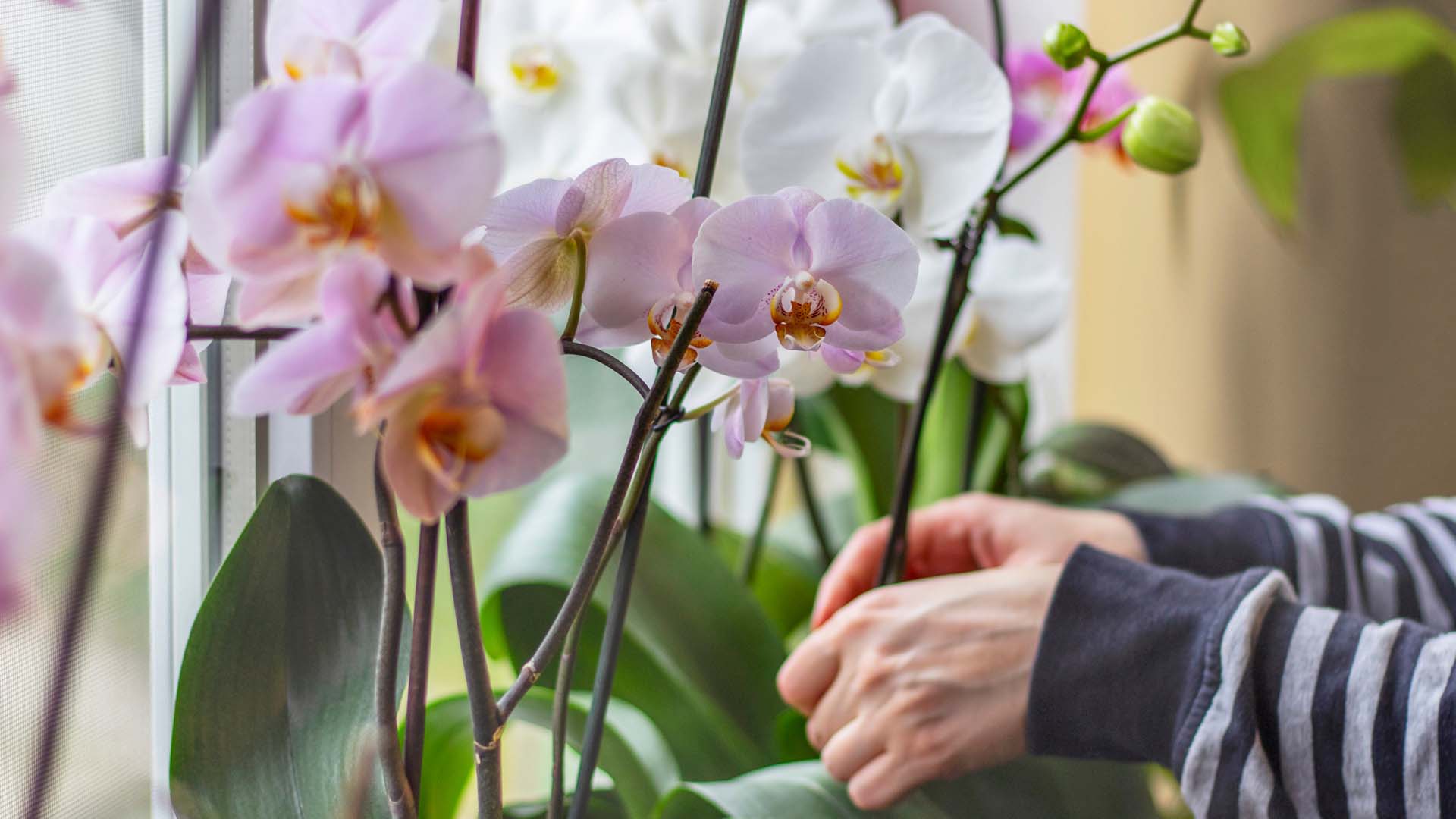
Our expert pruning and watering hacks include a top tip to keep them flowering from Alan Titchmarsh.


Want to know how to get rid of dandelions? Advice on how to tackle them but why they might be worth sparing.
